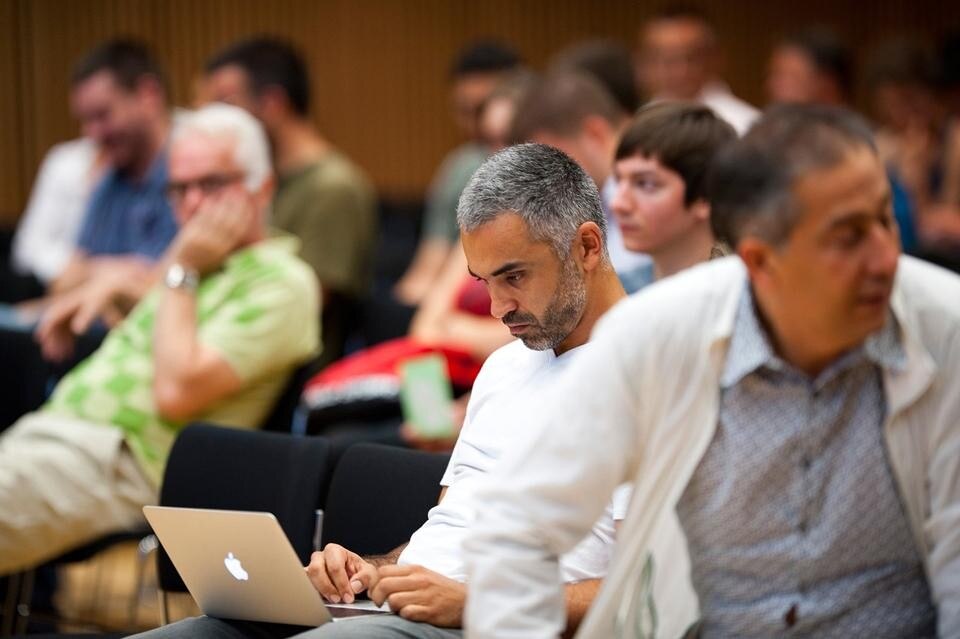Recent tendencies have indeed taken a unique set of positions, driven by mathematical and computational abstractions, as the duo observe, transforming the ways in which architects consider the 'matter-information relationship'. Now that matter itself is perceived as an active agent, and greenwashing is so common, what kind of architectural speculation strategies in relation to 'denaturalised material ecology'—bearing in mind nature's modes of behaviour from generative beauty to utter disequilibrium—are desirable?
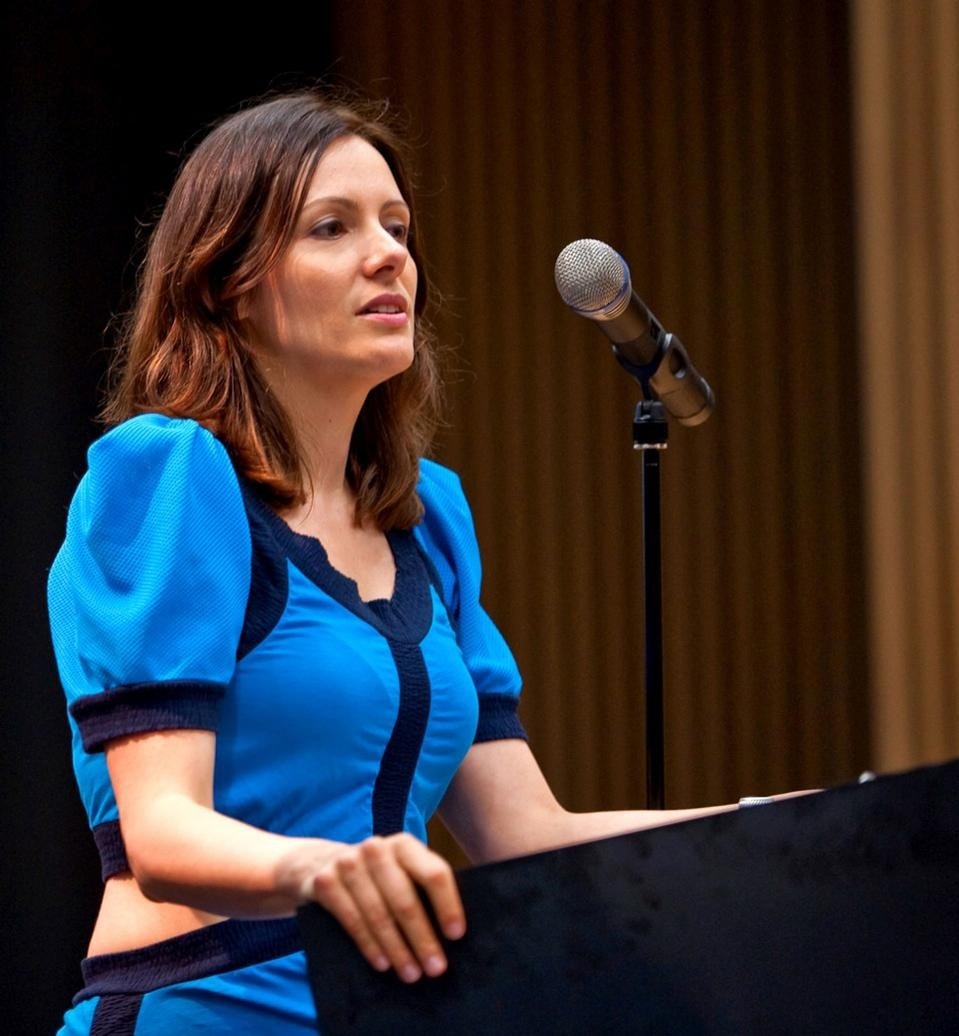
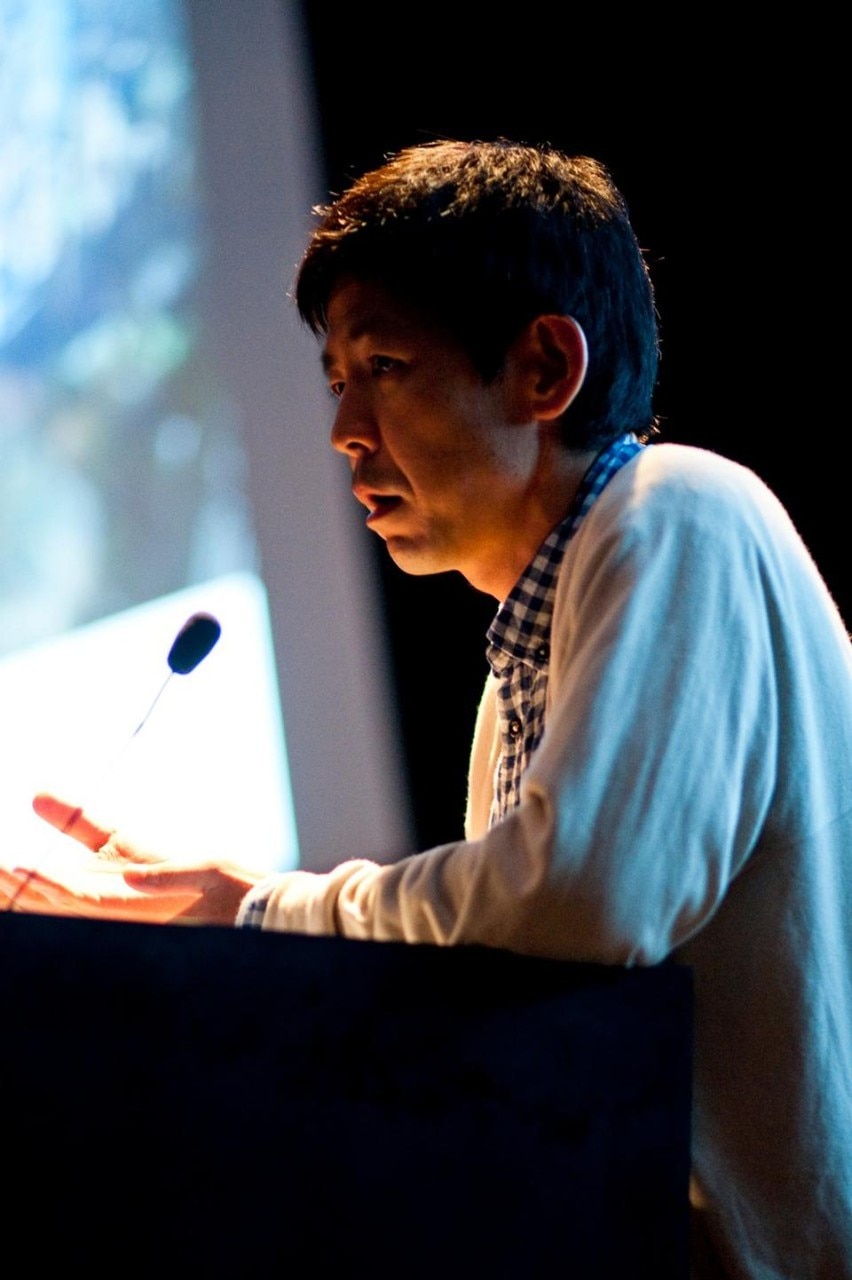
Now that matter itself is perceived as an active agent, and greenwashing is so common, what kind of architectural speculation strategies in relation to 'denaturalised material ecology' are desirable?
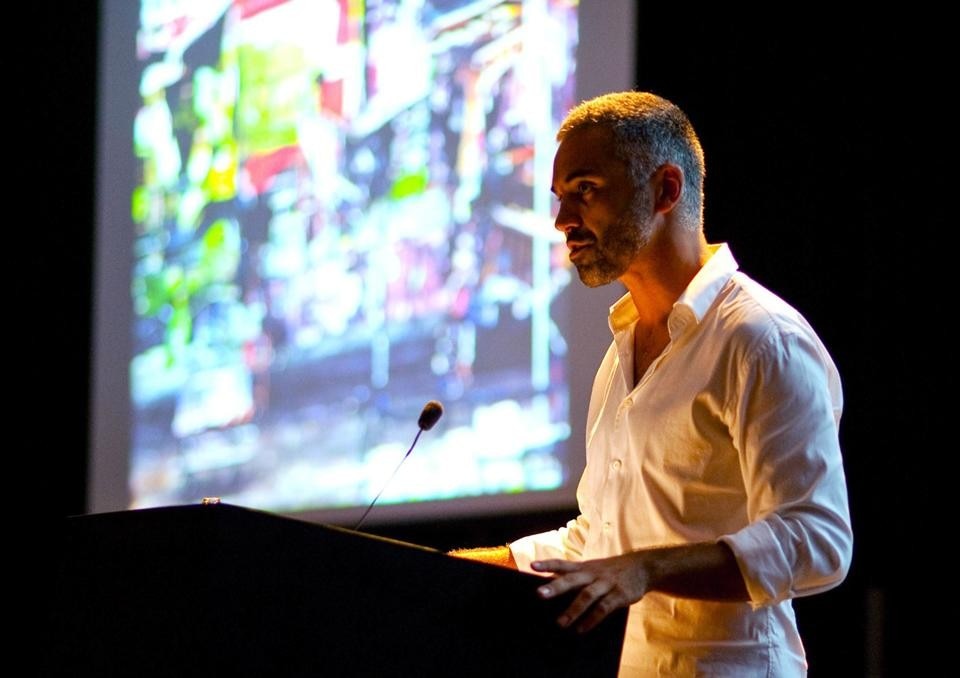
François Roche, co-founder of Roche & Sie, felt that 'it was hard to define what is nature and what is not', while for Juricic, 'there was a danger in renaturalising architecture.' Creating a bridge between the organic and inorganic, realism and idealism, required balance to retain specificity and tease out directions, because architectural agency exists within a condition that is already artificial. Schumacher opened up the intriguing issue of the new metabolism between city and countryside, before reaching back to examples of patterns of medieval towns and 'ideal' cities to support his argument that 'the built environment is an evolutionary process like the emergence of life.'
Sylvia Lavin, the architectural author and academic, commented on how little the word organic was used by speakers, while animals and adornment were central to Sanford Kwinter's foray into animism and tribe identity, rather than morphogenetic adaptations. Lavin's own talk was about how the medium has become ecological, exemplified by artists like Rist and Eliasson and architects such as Diller Scofidio Renfro.
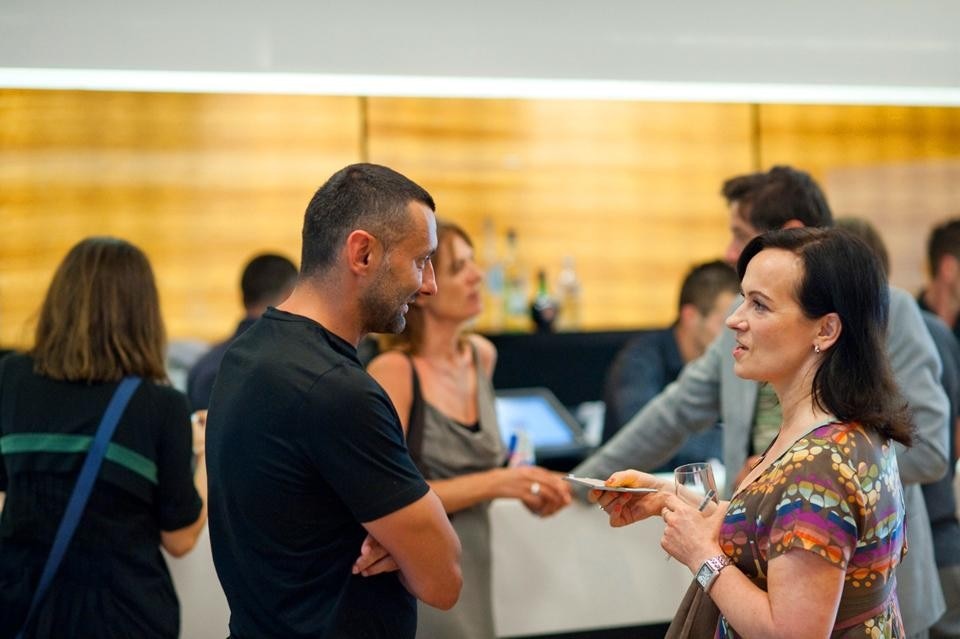
Architecture is primordial, yet shaping it, Mackay went on to explain, was 'not about what we already know', since 'speculation is not empirically tested'. Nature, freed from the contingency of history, through scientific, yet not technocratic methods, could be seen, as Buckminster Fuller did with his Spaceship Earth, as part of a perfectable ecosystem. On the other hand, a system brings compromises; potentially 'cloning the local onto the global'. The philosopher Reza Negarestani, author of the novel Cyclonopedia, was unable to attend, but in a talk projected via Skype, he wondered whether ecology was possible after Copernicus. 'Too much (programming) code will kill you'. But Schumacher, who felt the philosopher's intervention was 'pre-Socratic', underlined the value of the 'connectivity that we (architects using code) experience, in its agency to generalize prototyping processes and give them agency in various different places in the world.
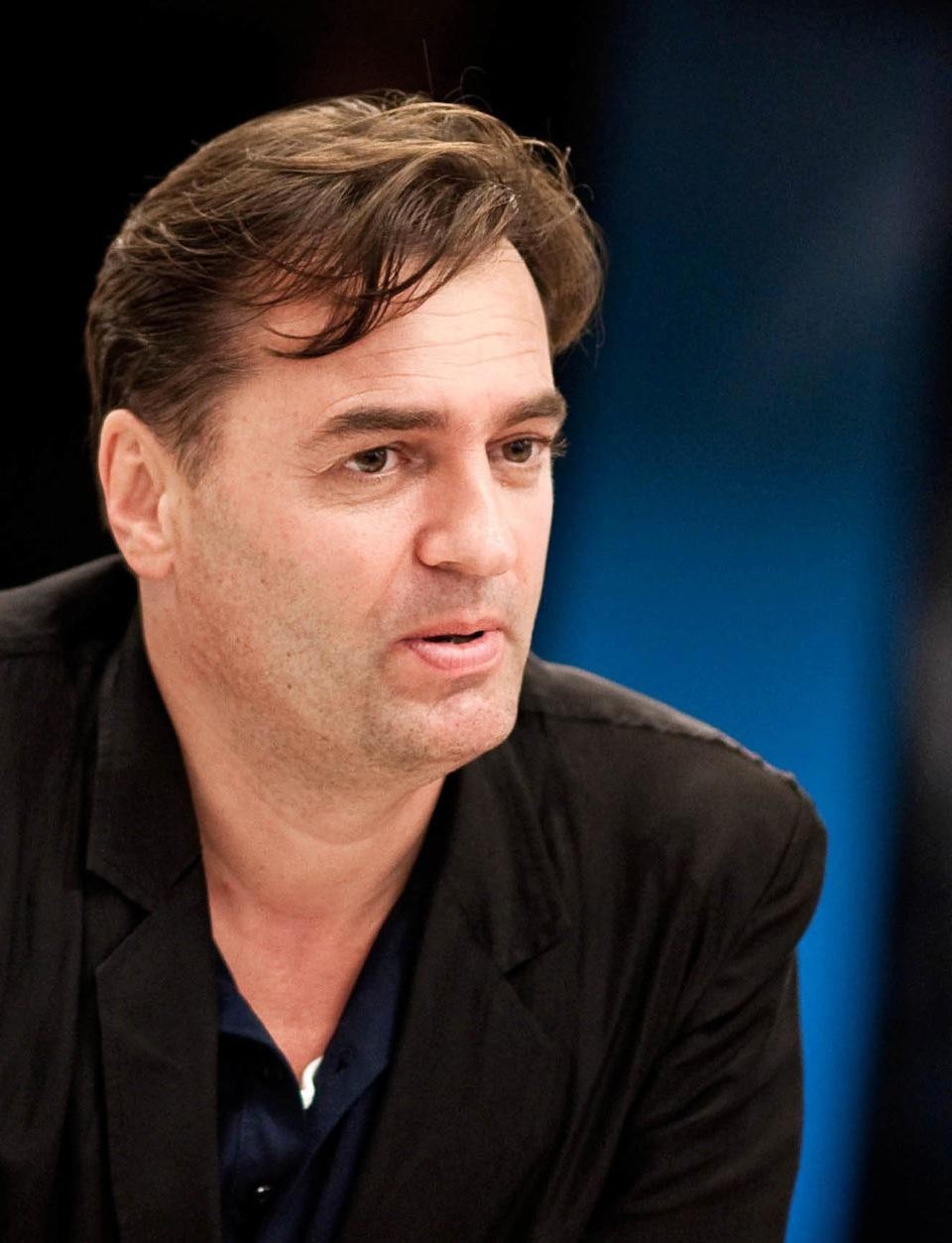
The themes of interpenetration between matter and nature, and indigenous cultivation, were framed by the setting itself, Maistra's new Hotel Lone on a greenfield coastal site near the centre of Rovinj, a striking tri-faceted white structure with black, rhythmically tiered balconies penetrating a huge hall: the heart of flowing spaces including fine conference facilities. Designed by Zagreb-based architects 3LHD and a team of wholly local artists, graphic and product designers, it superbly symbolizes the 'pulling' of the beautiful surrounding natural setting inside.
The symposium, supported by the hotel group Maistra and Rovinj council, is part of initiatives by the locally founded MLAUS, the Mediterranean Laboratory for Architecture & Urban Strategies, to promote urban design and planning in the region, sustainably developed with a good symbiosis between the local natural contexts, weather conditions, cultural networks and industries (wine, food, crafts, tourism). In the setting of Istria—what one student called 'pretty much a virgin condition'—speculative design thoughts by this band of mostly global agents, embedded many seeds of natural logics. This intellectually enlivening event, along with its layers of philosophical, cinematic and anthropological references, was a biodynamic catalyst of a project that participant architects Tom Kovac and Bostjan Vuga hoped would be 'a source of stimulus for a new architectural production.'
Lucy Bullivant
